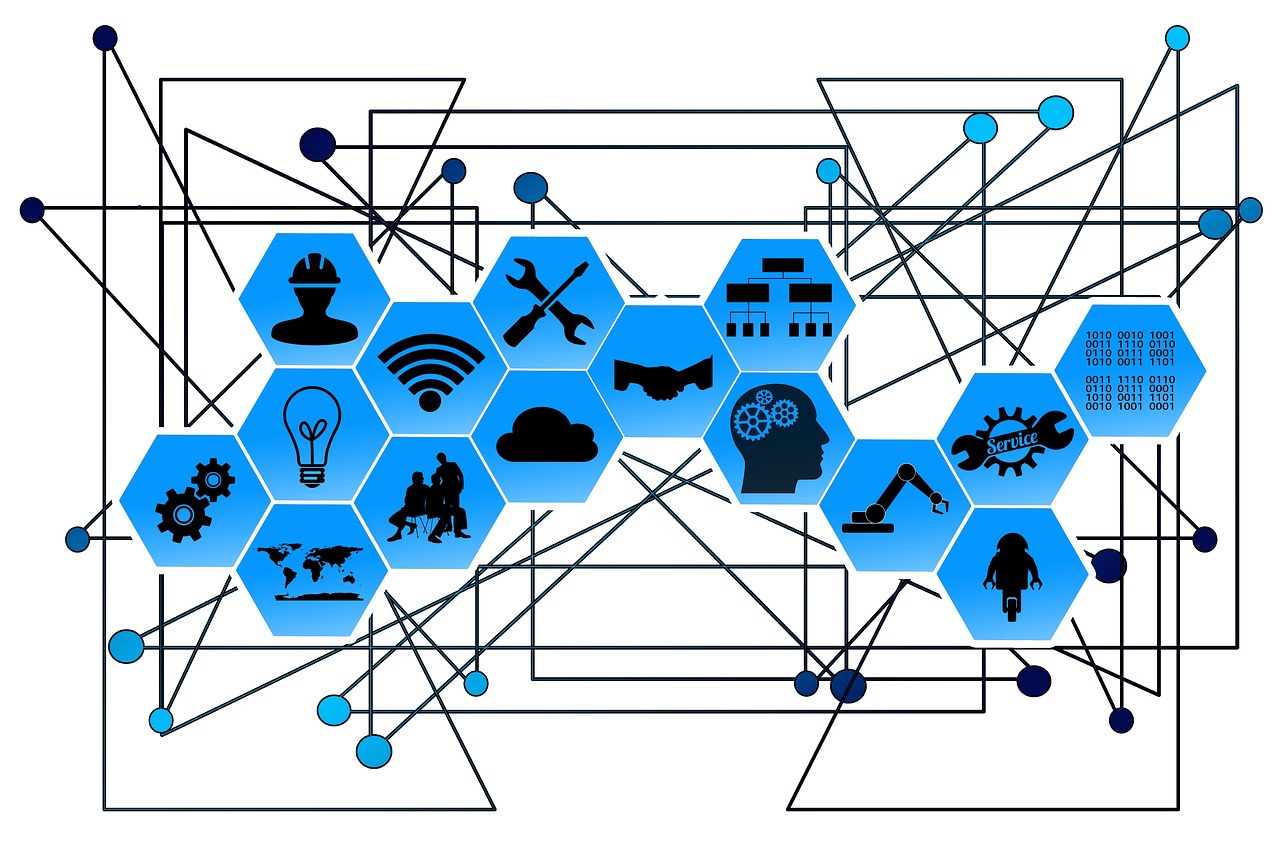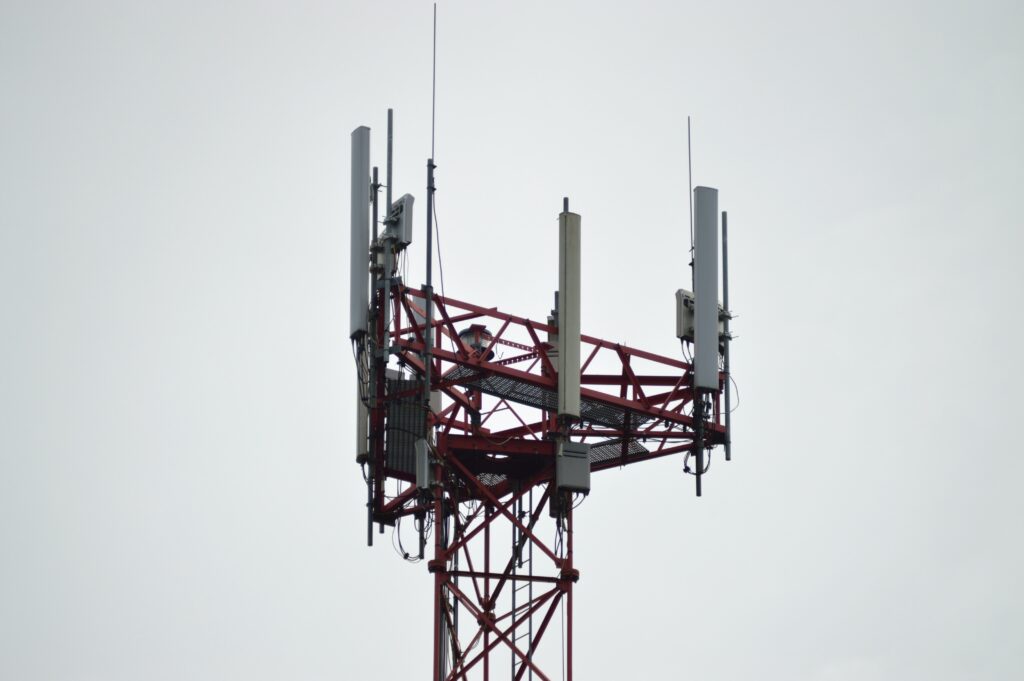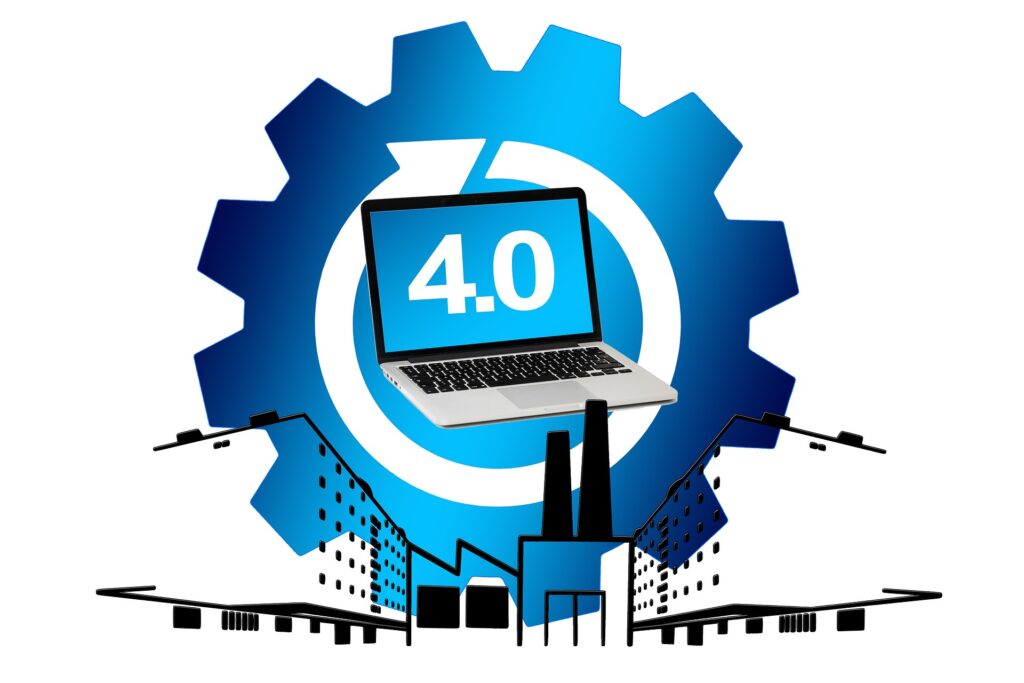Industry 4.0, ever heard of that?


Nowadays, when digitalization is becoming more and more prevalent in almost all areas of life, it is clear that industry is not spared from it either. The massive transformation we have christened Industry 4.0 describes the fourth industrial revolution, triggered by the integration of advanced technology into production processes and business models.
The three previous revolutions were characterized by mechanization, electrification and automation, so the fourth is now to supplement all these things with the networking of machines and processes. Briefly touched on here are topics such as cyber-physical systems (CPS), Internet of Things (IoT), artificial intelligence (AI) and Big Data.
A short excursion into the world of Industry 4.0, how it works, what it brings us, where the dangers lie and where the groundbreaking change lies.
Technologies of Industry 4.0
As already mentioned, Industry 4.0 is based on the integration of advanced technology into companies’ production processes and business models.
In the following, we will briefly explain which of these are the most relevant.
Together, these form the foundation of Industry 4.0 and enable companies to make their processes more and more efficient, which means that development is proceeding at a rapid pace in almost all sectors worldwide.
Where is Industry 4.0 being used and how does it affect this areas?
In which areas exactly does Industry 4.0 have an impact?
Where do I find it in the company, how does it affect the working world?
Smart Manufacturing: Through the use of CPS and IoT, machines and processes can be monitored and controlled in real time to optimize production and minimize errors.
Predictive maintenance: With the help of AI and Big Data, machine maintenance can be planned in advance to minimize downtime and increase productivity.
Digital Twins: Digital images of physical products or machines make it possible to conduct virtual tests and optimize designs before physical prototypes are created.
Smart Logistics: By networking supply chains, products can be tracked in real time and delivery processes optimized.
This areas are affected the most by industry 4.0
Automation of processes: Through the use of CPS and IoT, many processes can be automated, leading to a reduction in manual activities.
Skills needs: The introduction of Industrie 4.0 requires new skills and qualifications, such as data analysis and programming.
Changes in work organization: Industry 4.0 enables flexible and decentralized work organization, as workers can access data and communicate with each other from anywhere in the world.
New workplace models: The automation of processes can give rise to new workplace models, e.g. in the development and maintenance of digital twins or in the programming of AI systems.
Risks of Industry 4.0
It is in the nature of things that massive progress does not only bring positive things with it; Industry 4.0 with all its drive for innovation also harbors risks and dangers.
Too late not to use it

Industry 4.0 adapts the way companies work to current technological advances, bringing long-term benefits such as greater efficiency, cost savings and better quality.
However, this rapid development also brings significant challenges, especially issues such as security, data protection, job loss and monopoly formation.
It is the duty of companies to take appropriate measures and minimize risks in order to exploit the full potential and be successful in the long term.
Overall, however, Industry 4.0 is a development that cannot be stopped and putting the brakes on it is not an option. In the long term, we are dependent on it, and domestic companies must remain internationally competitive.
